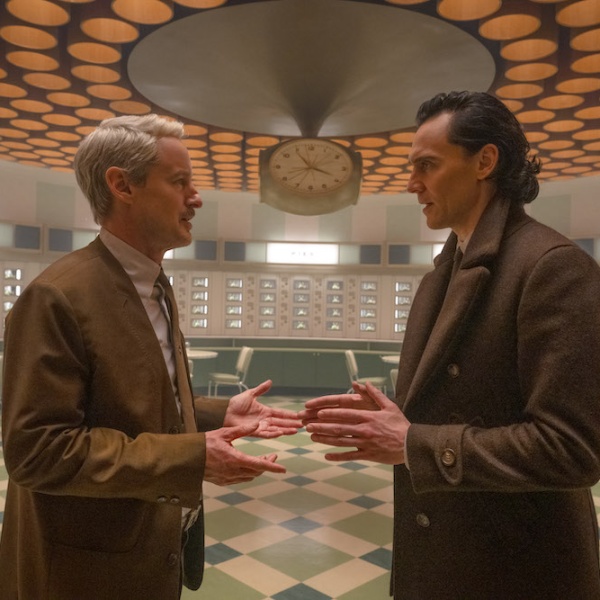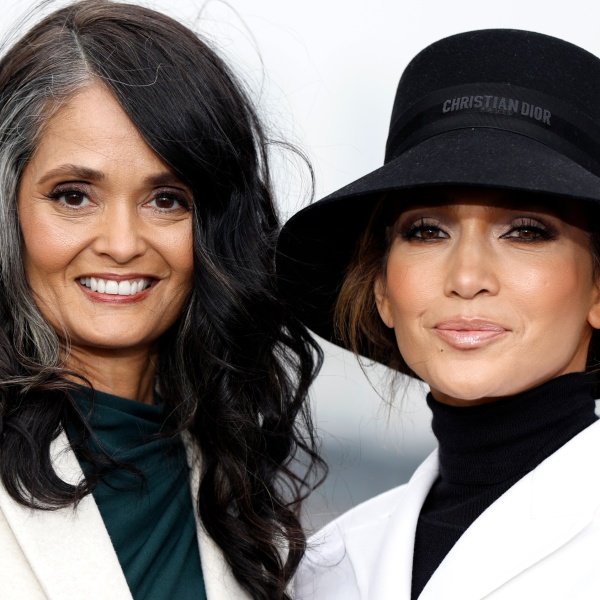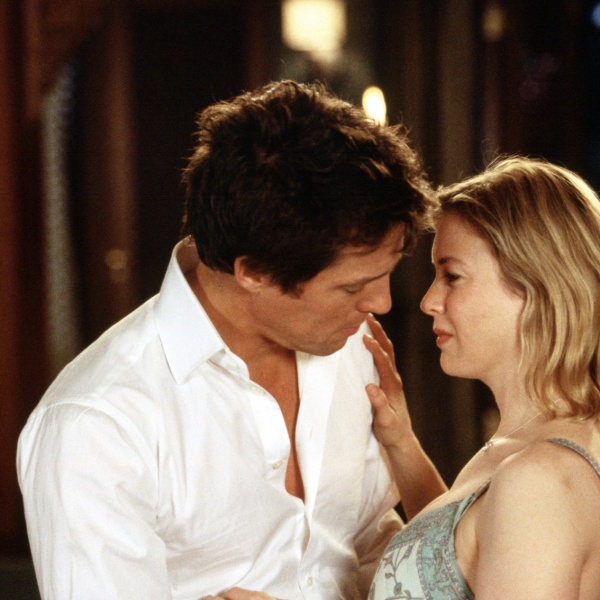It’s been more than 10 years since we first watched Harry Potter (Daniel Radcliffe, through thick and thin), with his jagged lightning bolt scar and hard knocks childhood (he was orphaned after his parents were brutally murdered by a dark wizard), arrive at Hogwarts School to fulfill his destiny as “the boy who lived.” In the years since Chris Columbus‘ sleepy debut films, the series has had its ups (Alfonso Cuarón‘s immaculate ‘Prisoner of Azkaban‘) and its downs (Mike Newell‘s gonzo Bollywood ‘Goblet of Fire‘) before settling in with its designated auteur, David Yates, who has helmed the last four films including this, the final entry, “Harry Potter and the Deathly Hallows Part 2.” Things have gotten decidedly darker since those early adventures, and decidedly more epic, too. And if you’re concerned about the series going out with an appropriate bang, you shouldn’t be. This swan (or maybe it’s Hippogriff?) song delivers emotionally, dramatically, and cinematically: the results are positively magical.
After a brief montage of scenes from the closing moments of last fall’s “Harry Potter and the Deathly Hallows Part 1” (former Hogwarts headmaster Dumbledore’s crypt being opened by Ralph Fiennes‘ villainous Voldemort), we are right back where we left off: heroic house elf Dobby is buried in the sand, and surviving members of the melee – among them Harry and his steadfast pals Hermione (Emma Watson) and Ron (Rupert Grint), along with a wand maker (John Hurt) and a nasty banking goblin (Warwick Davis). After some clunky expository dialogue about the nature of the wand that Voldemort has stolen and a sword that materializes when needed, we’re off and running, with a plot hatched to break into the famed goblin bank Gringotts and destroy one of the remaining horcruxes – physical manifestations of Voldemort’s splintered soul.

If this all sounds a bit “much” to you, well, that’s because it is. There is a whole bunch of stuff packed into these early moments, which signify the movie’s only real downtime, plotting-wise. From the goblin bank heist (which has shades of infiltration of the Ministry of Magic in ‘Part 1’ and climaxes spectacularly with our heroes escaping on the back of a massive albino dragon, leathery wings outstretched) forward, it’s like someone has cast a locomotive spell on the movie itself – it simply cannot stop moving.
This culminates, of course, with an all-out siege of Hogwarts, which the series has been teasing for the last few movies and it doesn’t disappoint. The school is now under the control of Professor Snape (Alan Rickman), the oily-haired wizard who was last seen wielding the wand that killed our beloved Dumbledore (Michael Gambon, seen in flashbacks and other mystical gobbledygook). The students are seen walking lockstep, the formerly warm school replaced with an aura of bleak helplessness. When Harry makes his miraculous return, the funereal pall is lifted, but only momentarily – it’s the calm before the very bad storm.
What follows is an all out war, with the dark forces of Voldemort (including Jason Isaacs and Helena Bonham Carter devouring their roles and much of the scenery) squaring off against the more wholesome inhabitants of Hogwarts. It’s heartening, too, that after several entries that focus almost entirely on the kids, Emma Thompson, Maggie Smith, David Thewlis, Jim Broadbent, and, in particular, Rickman return with substantial roles and significantly more screen time. A magical, jellyfish-like dome encases the school’s castle, while stone statues spring to life and even the most bookish professor or student takes up a wand in self defense. These battle sequences are gorgeously rendered, with long, sweeping shots of the castle and its various combatants. There’s a level of intensity (there are several crushing deaths) that pushes the boundaries of the family-friendly PG-13 rating and suggests that the audience of the films has matured along with the young actors.
But no matter how spectacular these battle sequences are (and they really are dazzling), it all comes down to Radcliffe. This entire series has been about his character’s arc, his emotional transformation from a scared little kid to a fully accountable adult. And truth be told, Radcliffe, who has probably matured the most as an actor as the series has rolled along, totally delivers. In this final film (we hope), he truly comes to grips with what his mere existence means to those around him, and makes boldly selfless decisions. If you tear up, it’ll largely be due to Radcliffe’s sensitive, well-drawn performance.
Of course, none of this would seem so special without David Yates’ considerable talent. Yates, mostly known for his work on British television, started out as a low-cost alternative to big name Hollywood directors, with many at the studio seeing him as a stopgap until they could secure Guillermo del Toro (or whoever). Over the course of his films, however, he’s created the entire visual vocabulary for the series. This may have begun, in many ways, with Cuarón’s more off-the-beaten-path suggestions, but solidified by Yates. The way that magic seems to be visualized as splotches of paint or inky plumes of smoke, the offhanded approach to the magic, and the emphasis on keeping with Harry’s point-of-view, have all become hallmarks of the series. And in this finale, Yates, along with collaborators like cinematographer Eduardo Serra (whose brilliant, byzantine photography need not be viewed in IMAX or 3D to be appreciated) and composer Alexandre Desplat (bringing even more depth without ever resulting to cloying sentimentality) have given the series the send-off it deserved. Even the coda, arguably the most inelegant moment in J.K. Rowling‘s overstuffed but unstoppable novel, is brought to life with unerring grace. “Harry Potter and the Deathly Hallows Part 2,” is the rare fantasy epic that makes you actually feel something beyond empty spectacle. As the film fades to black and that familiar theme music (by John Williams) returns, you’ll most likely be clapping – and wiping the tears from your face. [A-]





